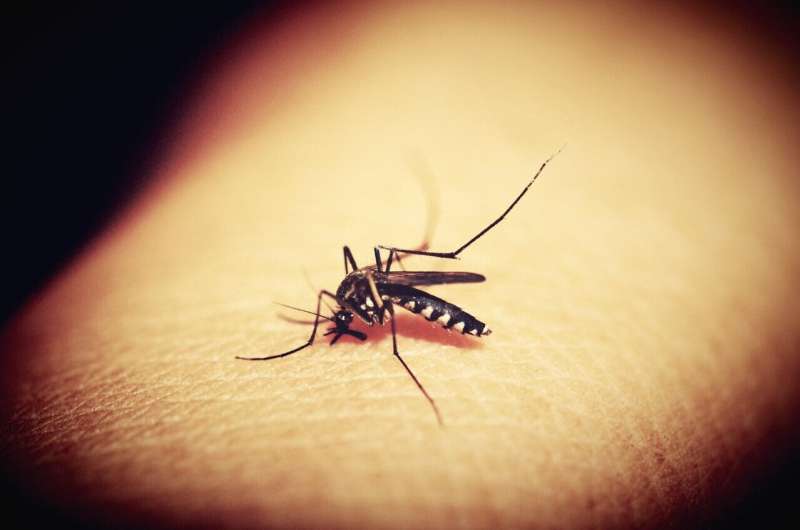Addressing Malaria Amid Stagnating Funds and Emerging Challenges

Health systems across Africa are confronting a challenging landscape characterized by soaring infectious disease burdens such as malaria and HIV, rising non-communicable diseases, and diminishing foreign aid. In 2021, nearly half of sub-Saharan African nations depended on external funding for over one-third of their health expenditures. However, global donor fatigue, climate change concerns, and geopolitical issues have severely strained malaria control programs, threatening the significant progress made over the past decades.
Malaria remains a leading public health threat worldwide, with the World Health Organization reporting approximately 263 million cases and 597,000 deaths in 2023. The African region bears the heaviest burden, accounting for 94% of cases and 95% of fatalities. Tragically, a child under five dies from malaria roughly every 90 seconds. Since 2000, innovative interventions like insecticide-treated nets, rapid diagnostic tests, artemisinin-based drug therapies, and malaria vaccines have prevented over 2 billion cases and saved almost 13 million lives. Nonetheless, these gains have plateaued since 2017.
Recent threats threaten to reverse progress. Resistance to antimalarial drugs and insecticides is increasing. Additionally, strains of Plasmodium falciparum that evade standard diagnostics are emerging. Changes in mosquito behavior, such as outdoor biting, diminish the effectiveness of bed nets. Climate change shifts malaria transmission zones, and invasive mosquito species like Anopheles stephensi threaten urban areas. Cross-border transmission perpetuates the disease, while aid cuts and funding gaps—U.S. $8.3 billion needed in 2023 but only US$4 billion available—have hampered efforts to sustain control measures.
The theme "Malaria ends with us: reinvest, reimagine, reignite" for World Malaria Day 2025 highlights the urgency of renewed action. Prevention remains the most cost-effective strategy: long-lasting insecticidal nets cost modest amounts and provide years of protection, far cheaper than treating severe cases which can cost hundreds of dollars.
Innovative tools like the RTS,S vaccine and next-generation nets need to be scaled up, but countries also must develop their manufacturing capacity through investment in research, regional regulatory harmonization, and local production.
Community engagement is critical. Frontline health workers, already vital in remote testing and treatment, can be empowered further to manage broader health challenges. Integrating malaria prevention into community health services fosters resilience and continuity, especially amid fluctuating funding.
Addressing the financial shortfall is essential because malaria is part of a broader system crisis—by 2030, Africa needs an additional US$371 billion annually for primary health care. The ongoing funding gap limits intervention coverage. Smarter spending focused on prevention, local innovation, and strengthening healthcare systems is vital.
Collective commitment from governments, international partners, and communities is necessary to meet these challenges. African nations must prioritize health investment reforms; global cooperation should respect local ownership, ensuring sustainable progress towards malaria eradication.
Stay Updated with Mia's Feed
Get the latest health & wellness insights delivered straight to your inbox.
Related Articles
Innovative Blood Pressure Measurement Method Offers Hope for Patients with Limited Arm Access
Researchers have developed a new method for accurately measuring blood pressure at the ankle, aiding those unable to have arm readings and potentially reducing misdiagnoses worldwide.
Innovative Technique May Boost Infant Heart Transplants by 20%
Duke Health's new on-table heart reanimation technique has the potential to increase pediatric heart transplants by up to 20%, providing new hope for children in need of life-saving procedures.
Research Indicates Returning Students Did Not Spark COVID-19 Outbreaks in Small Towns
A recent study finds that students returning to college towns during the COVID-19 pandemic did not significantly contribute to local outbreaks, thanks to effective mitigation efforts and behavioral factors.
Majority of Americans Unaware That Early-Stage Prostate Cancer Often Shows No Symptoms
A survey reveals that 80% of Americans are unaware that early-stage prostate cancer often has no symptoms, emphasizing the need for regular screenings to enhance early detection and treatment.



